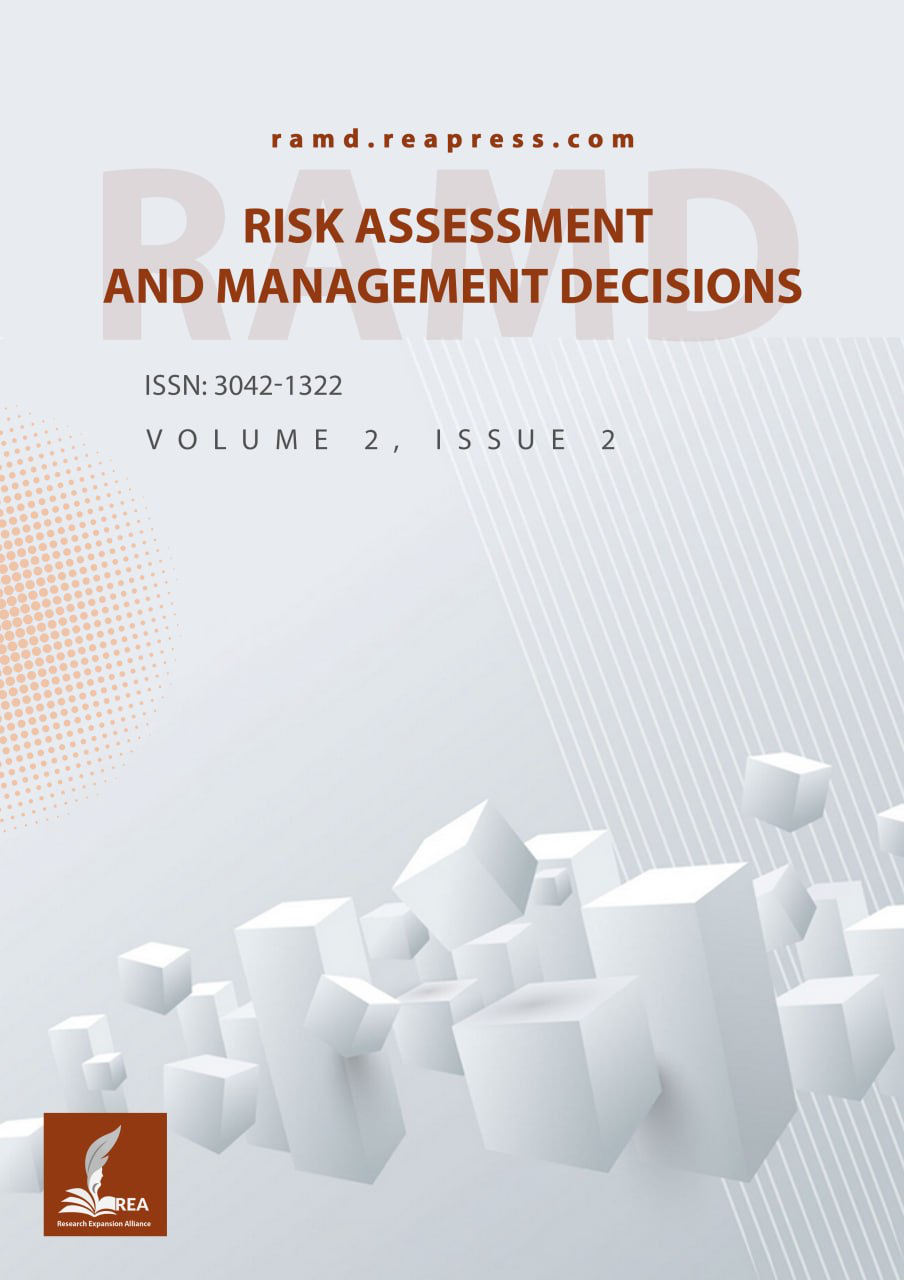Elliptic Curve Cryptography for Bitcoin Security
Abstract
Mathematics has addressed many a complex problem in the past and is consistently providing avenues for present day security problems too. This time, we understand the interesting Mathematics powering the security structure for Bitcoin. The complex Mathematics that goes on, provides much more and ensures a critical component in the security apparatus implemented in the Bitcoin protocol. The solution is addressed by the Elliptic Curve representation and the science of cryptography fortified by Elliptic Curve Cryptography (ECC). We attempt to present the Elliptic curve secp256k1 and its relation to security enforced for the bitcoin network. For easier understanding, the order 113 is identified to present this integration.
Keywords:
Elliptic curve, Bitcoin security, Elliptic curve cryptography, Elliptic curve cryptography secp256k1 curve, Elliptic curve cryptography mathematicsReferences
- [1] Trappe, W. (2006). Introduction to cryptography with coding theory. Pearson Education India. https://www.amazon.com/Introduction-Cryptography-Coding-Theory-2nd/dp/0131862391
- [2] Stallings, W. (2017). Cryptography and network security. Pearson Education India. https://www.amazon.com/Cryptography-Network-Security-7Th-Stallings/dp/9332585229
- [3] Bindu, V. A. (2024). Elliptic curve cryptography using a diophantine triple, constructed through tetradecagonal numbers. International journal of intelligent systems and applications in engineering, 12(22), 1524. https://www.ijisae.org/index.php/IJISAE/article/view/6695
- [4] Manju Somanath, J. K. and K. R. (2021). Cryptographic algorithm based on prime assignment. International journal for research in applied science engineering technology (IJRASET), 10(1). https://B2n.ir/qk4267
- [5] Kannan, J., Somanath, M., Mahalakshmi, M., & Raja, K. (2022). Encryption decryption algorithm using solutions of Pell equation. International journal of mathematics and its applications, 10(1), 1–8. http://ijmaa.in/
- [6] Bashmakova, I. G. (1974). Diophantus of Alexandria, arithmetics and the book of polygonal numbers. Nauka, Moscow. https://www.sciepub.com/reference/301065
- [7] L, D. (1952). History of the theory of numbers, volume II: Diophantine analysis. Chelsea Publishing Company, New York. https://www.scirp.org/reference/referencespapers?referenceid=3721276
- [8] Dujella, A., & Petričcević, V. (2008). Strong Diophantine triples. Experimental mathematics, 17(1), 83–89. https://B2n.ir/hk6479
- [9] Gopalan, M. V., & Srividhya, G. (2012). Two special Diophantine triples. Diophantus journal of mathematics, 1(1), 23–27. https://www.saspublishers.com/article/2532/download
- [10] Gopalan, M. A., Sangeetha, V., & Somanath, M. (2014). Construction of the Diophantine triple involving polygonal numbers. Scholars journal of engineering and technology, 2(1), 19–22. https://saspublishers.com/article/2436/10.36347/sjet


